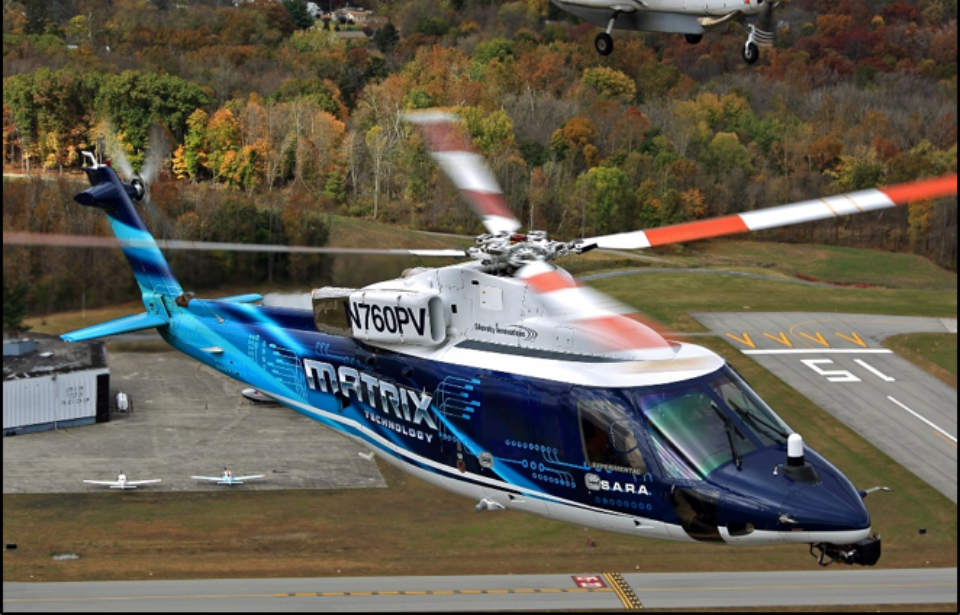The U.S. Army teamed up with Sikorsky to successfully demonstrate an S-70 Black Hawk helicopter with autonomous flight technology. The demonstration opens up the possibility of future pilotless helicopters.
The aircraft is being developed to take part in the Army’s Future Vertical Lift program (FVL). It uses Sikorsky’s Matrix software and hardware for autonomous flight. The Matrix system was developed as part of the Defense Advanced Research Projects Agency’s (DARPA) Aircrew Labor In-cockpit Automation System (ALIAS).
The pilot during the demonstration used a special tablet to keep tabs on the helicopter while the aircraft took off, avoided two simulated obstacles, and then landed on its own.
Igor Cherepinsky, director of Sikorsky Innovations, said that their autonomous flight system is a step towards “safer and smarter flight.” He said that the company hopes to use this technology to meet the requirements of future missions, including FVL.
Sikorsky is a part of the Lockheed Martin company. They have developed the Raider X prototype helicopter as part of the U.S. Army’s Future Attack Reconnaissance Aircraft (FARA) which is intended to replace the AH-64 Apache helicopter. They also worked with Boeing to develop the Defiant X for the Army’s Future Long-Range Assault Aircraft (FLRAA) which hopes to replace the UH-60 Black Hawk.
The purpose of the autonomous aircraft is to take some of the workload from the pilot and crew and free them up to focus on their mission. Jay Macklin, business development director for Sikorsky Future Vertical Lift, said that their system allows better situational awareness by the crew and extends their capabilities while also improving safety.
Sikorsky has plans to continue improving its system through Phase III of the DARPA ALIAS program.
One of the advantages the company hopes to achieve with its technology is protecting crews when multiple aircraft fly in formation during a mission. When flying into a congested area, “Things can change rapidly, and they do,” said Cherepinsky.
Sikorsky is using Matrix technology to assist pilots in such situations. Currently, pilots must communicate rapidly with each other to keep out of each others’ way. But when one pilot is unable to see the other aircraft, there is a risk of collision. The Matrix system is capable of tracking all aircraft in real-time and moving one out of the way of the other while communicating the changes to the pilots.
The pilots will have the choice to fly the aircraft using the communications from the system to help guide them or allow the system to fly the aircraft while they supervise and perform other tasks for the mission.
More from us: US Air Force Receives First Sikorsky HH-60W Jolly Green II Combat Rescue Helicopters
Cherepinsky expects that the technology will appear in new FVL aircraft first and then work its way into older Black Hawk helicopters that are not immediately replaced with the new FLRAA aircraft.
Mark Ward, chief pilot at Sikorsky, said that the company’s approach to the technology is “both full-spectrum and human-centric.” He said that the demonstration shows that the system is capable of routinely operating an aircraft from takeoff to landing.
